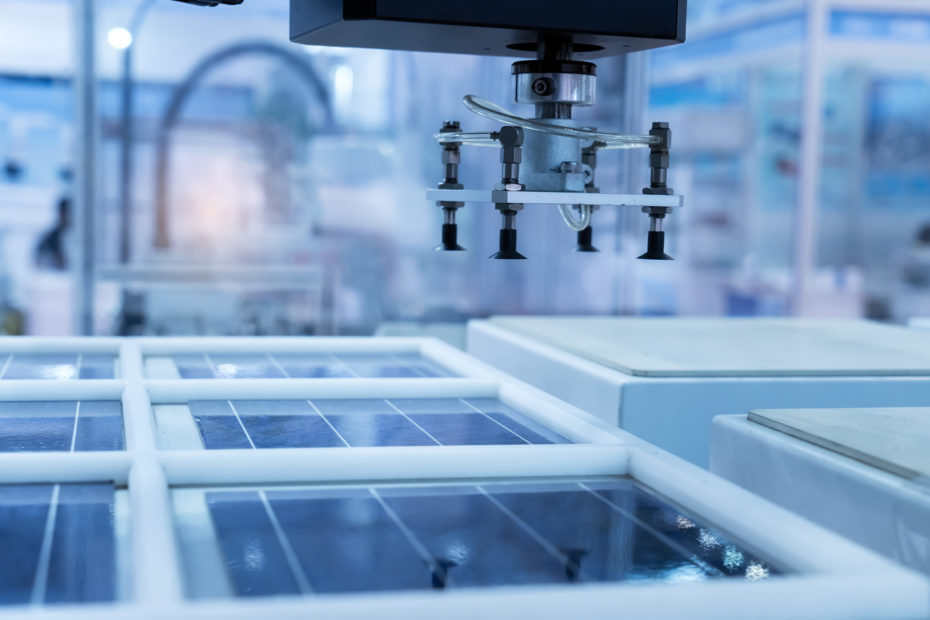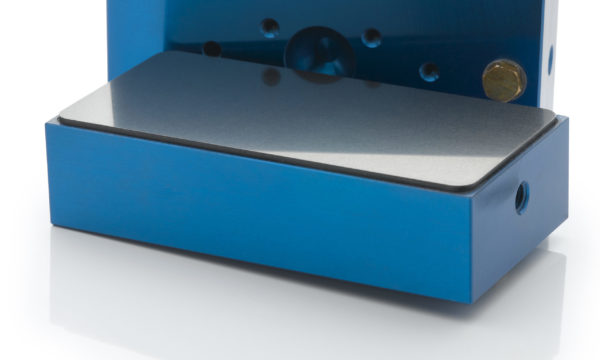New Way Air Bearings® got our start providing precision-built, noncontact technology to the semiconductor industry, and one of our first products to support this application was the Air Bar. Although it’s been many years since those early days, the Air Bar product line is still going strong. Today we’d like to take the opportunity to cover how this mainstay product has grown, expanded, and matured, along with the industries—old and new—which they’re positioned to serve.
The Benefits
New Way Air Bars are one of the purest distillations of our design philosophies for Porous Media Technology™. As is always the case, externally pressurized Porous Media™ ensures your product never touches the guide surface. And, with the addition of vacuum holes, you can ensure your substrates remain flat against the air bar’s surface. This allows for unprecedented control even at high speeds. And, since the squeeze film effect causes the air gap to grow stiffer as it becomes thinner (see the Stiffness section in technical report 1), you can still have low fly heights without sacrificing control.
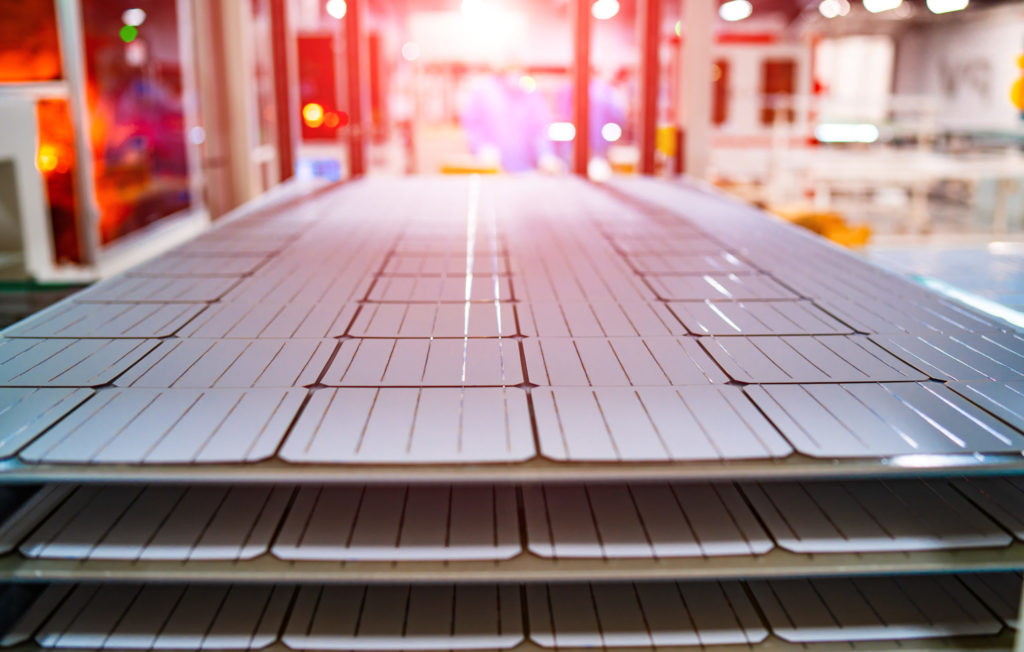 Air Bars aren’t just precise, they’re safe as well. Any type of semiconductor, flat panel display (FPD), or solar panel has a delicate surface finish, and the soft, porous carbon surface of the air bar acts as a shock absorber. Even in the event of complete power loss, the air bar will slowly depressurize, causing the substrate to come to rest, gently, against the guide surface.
Air Bars aren’t just precise, they’re safe as well. Any type of semiconductor, flat panel display (FPD), or solar panel has a delicate surface finish, and the soft, porous carbon surface of the air bar acts as a shock absorber. Even in the event of complete power loss, the air bar will slowly depressurize, causing the substrate to come to rest, gently, against the guide surface.
The pressurization itself is another tangible benefit over orifice-based bearings. Air bars consume air on the order of liters per hour, while orifice bearings consume liters per minute, decreasing energy consumption and the need for more expensive compression equipment.
All of the industries which use these types of conveyance technology are either particulate conscious or abide by strict cleanroom protocols, and Air Bars meet this need as well. All of New Way Air Bearings products are ISO Class 3 (and arguably Class 1) compliant by the very nature of our porous carbon, which acts as a sub-micron filter.
The Industries
The classic application for air bars is for noncontact conveyance of delicate technology. By pushing air through micro-perforated holes in the soft carbon surface, you can float glass or another thin substrate over the surface of the air bar. The 5-micrometer thin air cushion allows for completely noncontact handling of your materials, and since the air is distributed evenly (unlike orifice bearings), there is no potential or possibility of your material finding a dead zone and making contact.
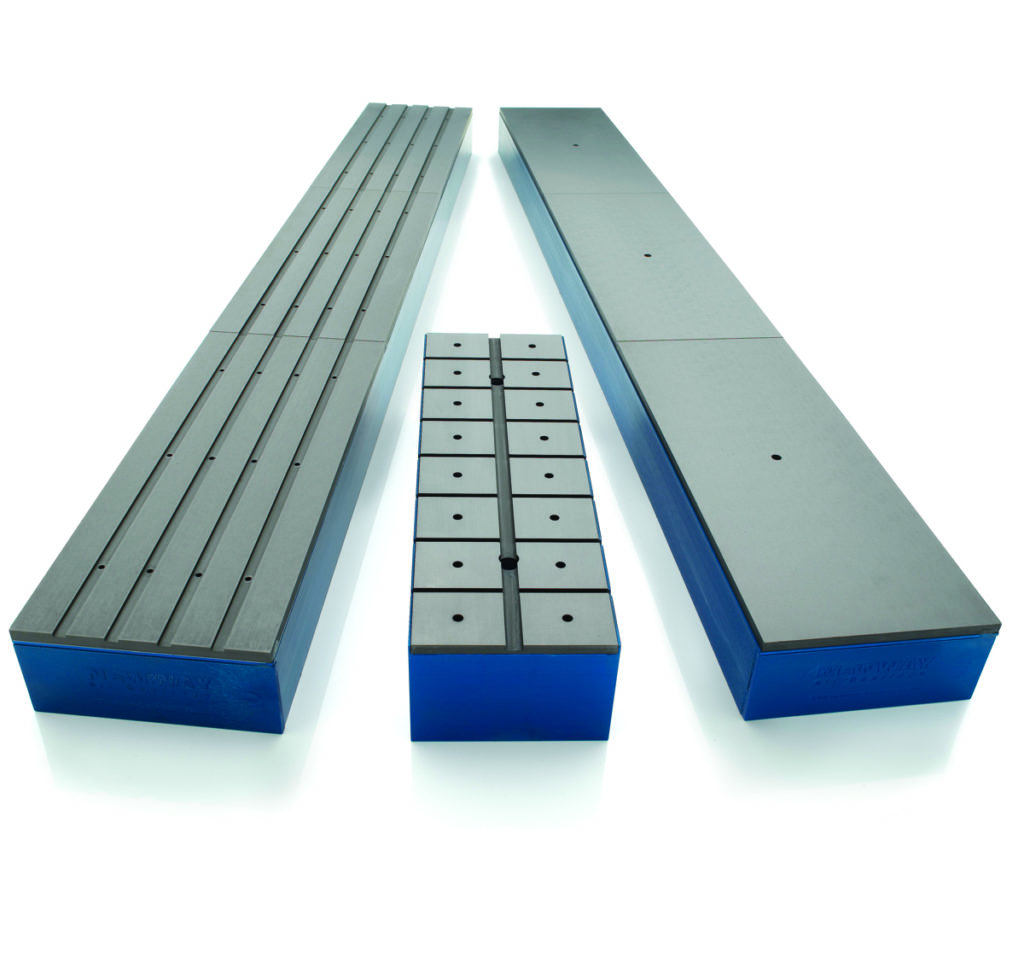 The semiconductor manufacturing industry has known about the benefits of porous-media-based conveyance solutions for a long time. Here, our Air Bars allow for noncontact conveyance of wafers in ISO Class 3 Cleanroom conditions. Similarly, the flat panel display manufacturing sector utilizes air bars for their ability to transport large glass panels at high speed, without sacrificing safety or controllability, provided by the air bar’s tunable fly height.
The semiconductor manufacturing industry has known about the benefits of porous-media-based conveyance solutions for a long time. Here, our Air Bars allow for noncontact conveyance of wafers in ISO Class 3 Cleanroom conditions. Similarly, the flat panel display manufacturing sector utilizes air bars for their ability to transport large glass panels at high speed, without sacrificing safety or controllability, provided by the air bar’s tunable fly height.
The Products
The air bar lineup has expanded and now includes four different product lines, each with its own benefits and attributes.
The Positive Air (PA) Series can be considered as the “classic air bar,” using only positive pressure through the porous media to ensure noncontact motion between the bearing surface and your substrate.
The Transition (T) Series also includes vacuum holes along the central groove, providing you with the ability to control substrate fly height by introducing a force towards the guide surface.
The High Speed (H) Series of air bars are designed for moving substrates in high-speed processes, and to help control your material. The H-Series offers four grooves of vacuum holes, for greater flatness control.
The Precision Zone Air Bar is top of the line, providing a vacuum hole at the center of every positively pressurized porous media face. This allows for complete control of the surface, providing stiffness up to 1 nanometer with a control of up to 5 microns of fly height. Precision Zone Air Bars are inspection stages and other analysis steps in the manufacturing process.
The Future
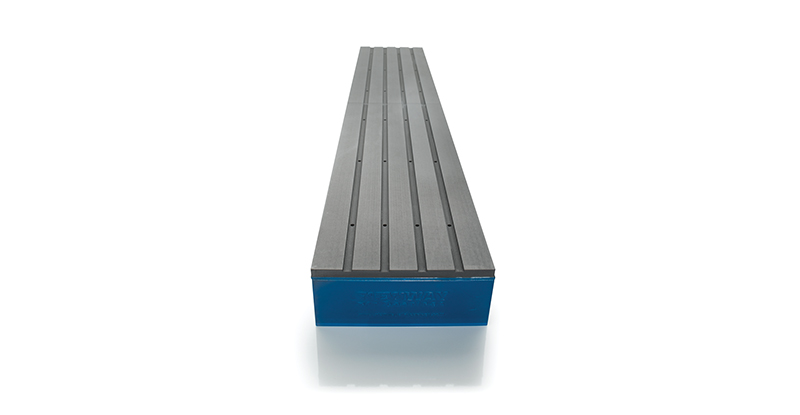 Here at New Way, we’re committed to serving our long-standing customers while always looking to the future and considering which new industries could best benefit from our technology.
Here at New Way, we’re committed to serving our long-standing customers while always looking to the future and considering which new industries could best benefit from our technology.
We see great potential for the expansion of air bars into the materials handling and high-speed sorting sectors, areas that are currently reliant on roller bearing-based solutions. Given that many of these businesses operate around the clock, noncontact-based solutions would greatly benefit throughput and reduce the need for costly maintenance when a spalled bearing brings down a conveyor system.
Much in the same vein of semiconductors and flat panel displays, solar panel manufacturing employs many of the same processes for material transportation and individual unit inspection, and air bars would fit right into the priorities of any renewable energy manufacturer. Solar energy accounted for 43% of all new power capacity in 2020. This share of the market will only increase as time goes on. Fast, reliable air bars hold the key for any firm looking to scale up production without sacrificing quality or reliability.
Contact Us
If you want to learn more about our Air Bars or already have an application in mind, please contact us!

